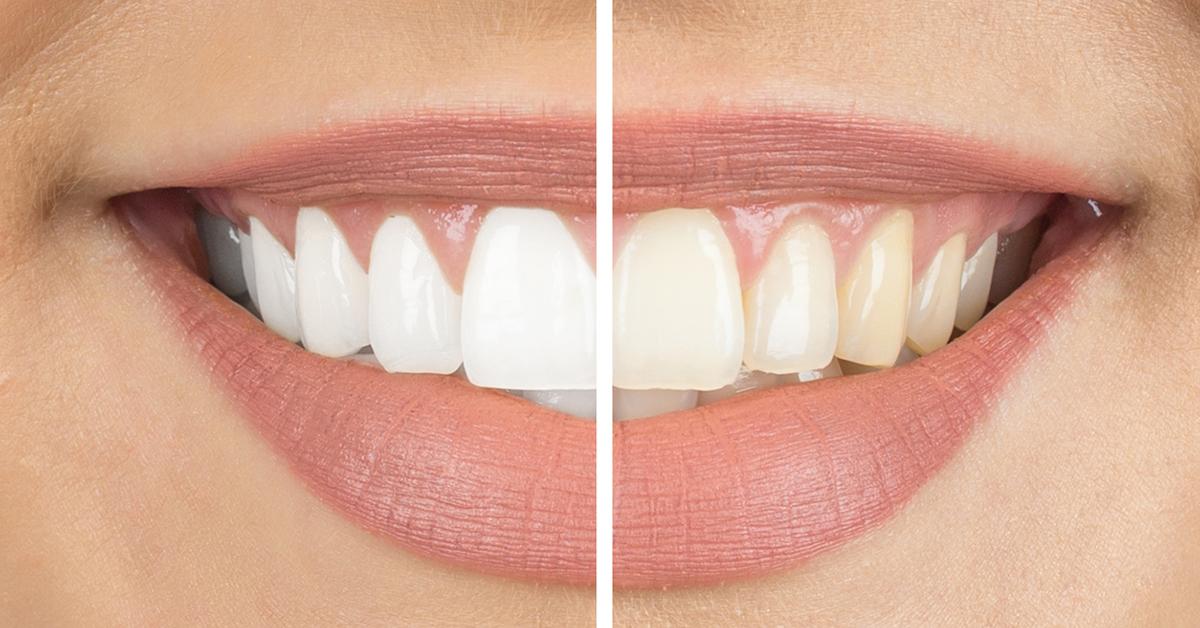To study the oral hygiene effects of brushing, researchers used the Basic Erosive Wear Examination. This examination uses an optical particle size indicator, the Occlude TM, to assess the severity of dental erosion. The results were transferred to an individual risk level, 21, and the sum of all the score values was transferred to a participant’s individual risk level. Participants were asked to provide data regarding their body weight, gender, and oral hygiene regime, including how often they brushed their teeth. Lastly, they were asked to rate their tooth hypersensitivity with a 10-grade visual analogue scale.
The in-vitro method was employed to measure the effects of brushing on plaque. Participants brushed for 15 seconds on each side of the buccal and lingual surfaces. After this period, they brushed their quadrants for 30 seconds. They were instructed to remove plaque without using a mirror or exhaling any air. The results of the study are relevant to a variety of applications, such as education, prevention, and treatment of periodontal disease.
In order to assess the personal hygiene impact of brushing, researchers divided each subject’s six molars into five areas. Each tooth was examined from the lingual to the facial side. Each participant was given a score ranging from 0 to 5. After evaluating the scores of all six teeth, the results were summarized and compared. The results show that brushing D significantly improved dental plaque removal, which is consistent with previous research.
The researcher developed a questionnaire that incorporated two components: a brushing method and a biopolymer. After these, the questionnaire was reviewed by a rehabilitation medicine specialist and two dental hygienists. The final questionnaire was completed by the researcher. The data obtained from these experiments were analyzed. These findings are important for understanding the effects of different interventions on oral hygiene.
Another significant finding is the relationship between self-esteem and oral hygiene. The study showed that a person’s self-esteem and confidence were positively related to the amount of time spent on oral hygiene activities. In addition, brushing D was correlated with a person’s ability to take care of his or her mouth. The participants were asked to brush their molars for fifteen seconds. Afterwards, they brushed their teeth for 30 seconds.
A second study examined the relationship between brushing and self-reported oral hygiene. The study found that children’s oral hygiene habits were influenced by the presence of dental plaque and the presence of bacteria. In contrast, those with good oral hygiene habits did not brush their teeth. Furthermore, children who were in poor health had lower scores in some aspects of the test. The results showed that fewer children brushed than those with good oral health.
Posted By :- Las Vegas Escorts



